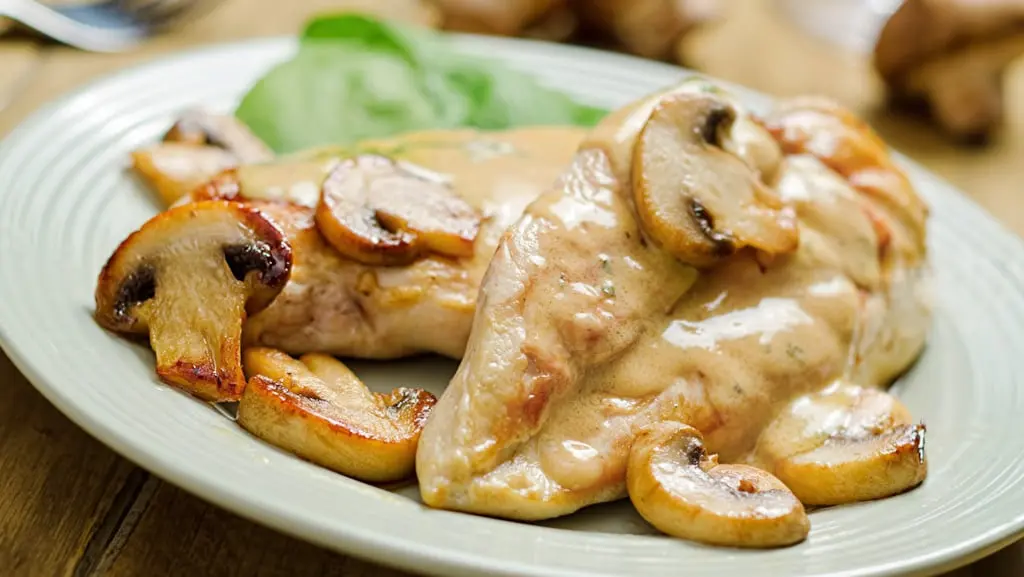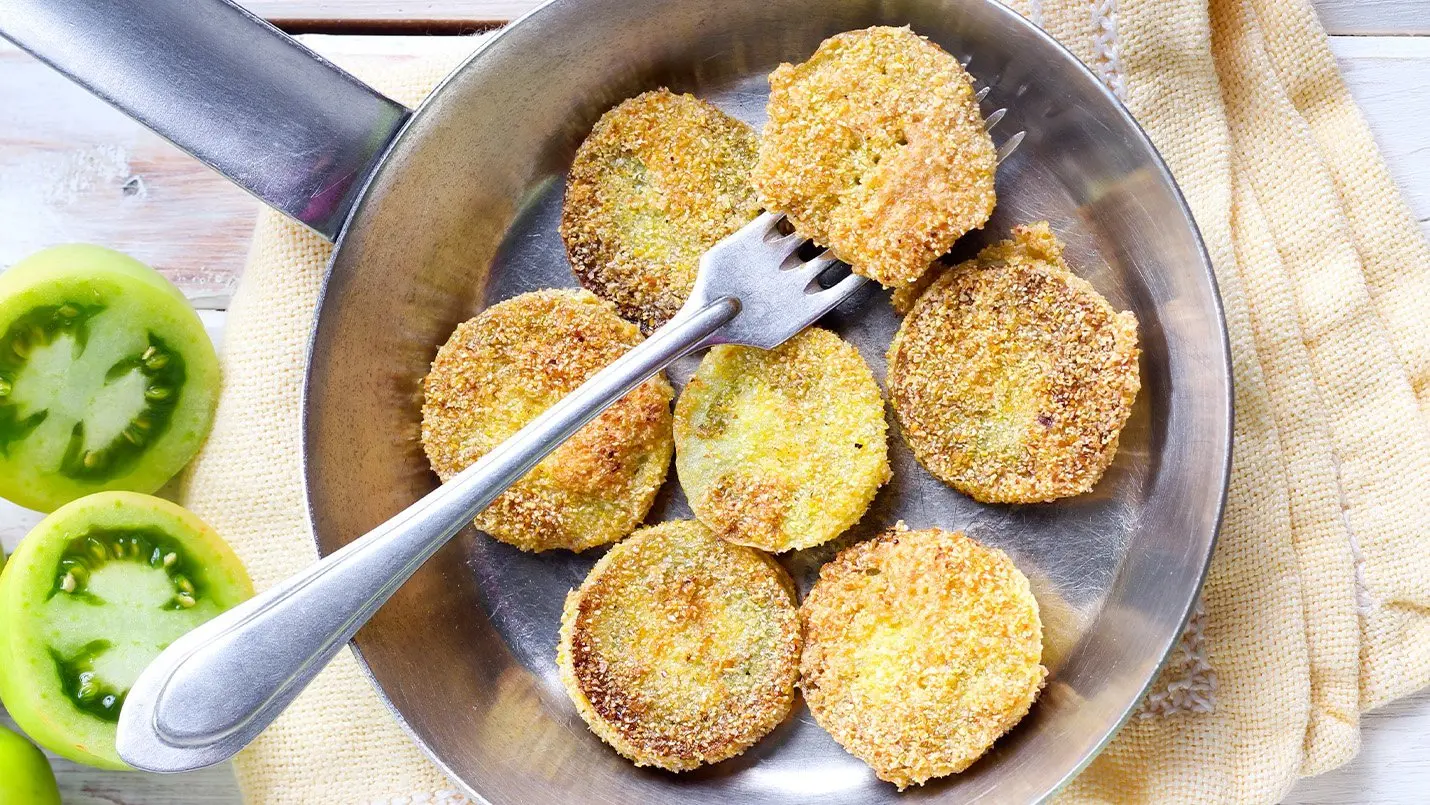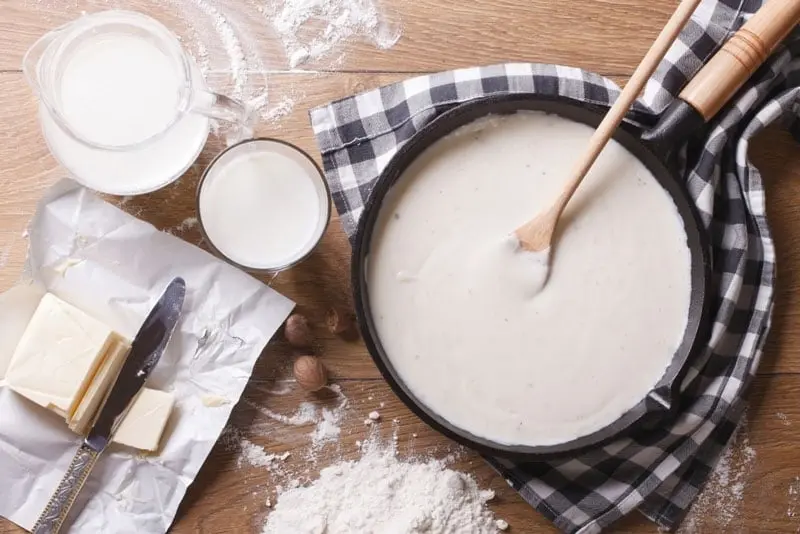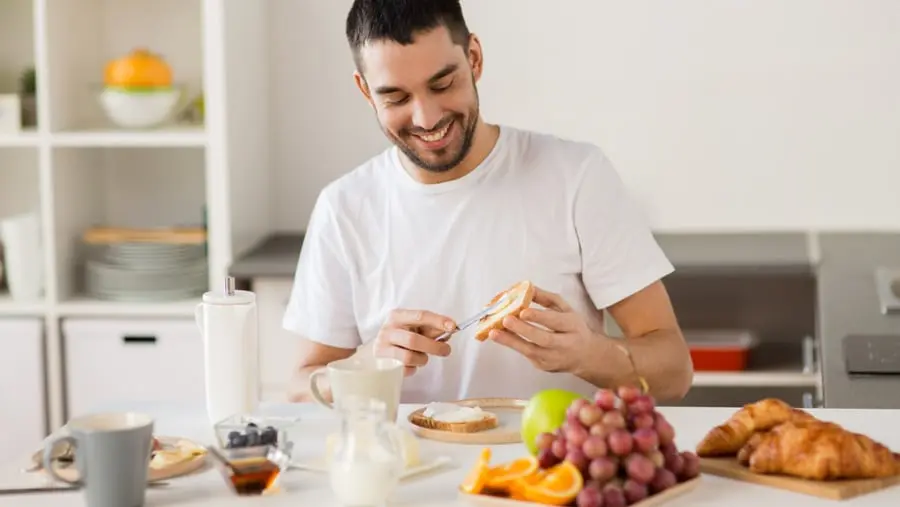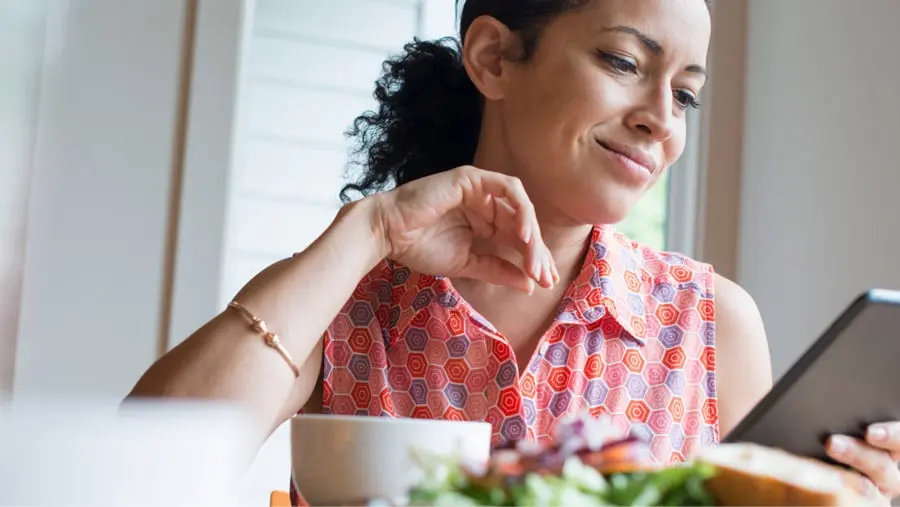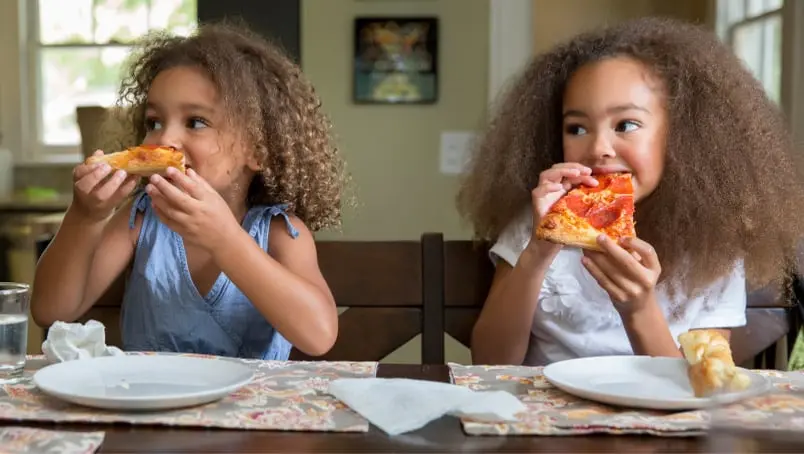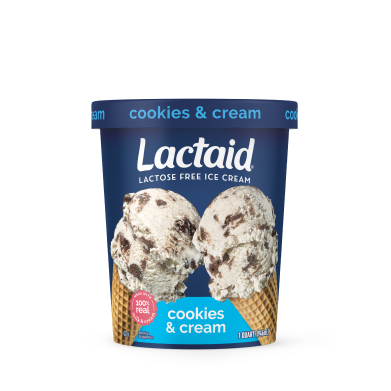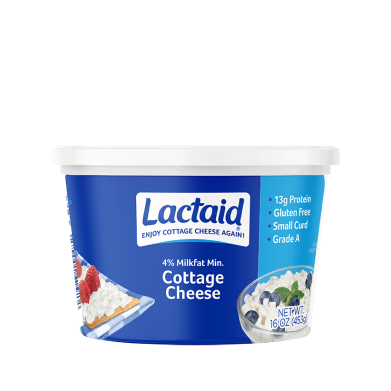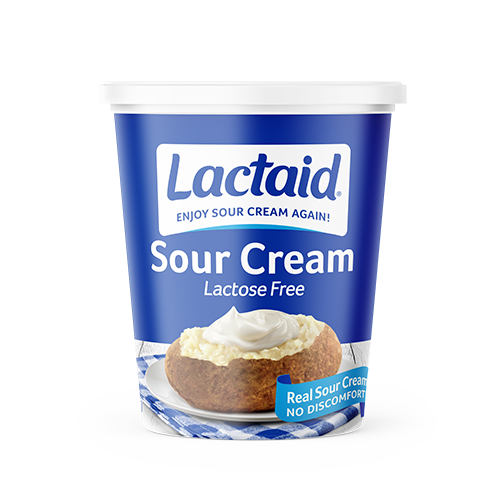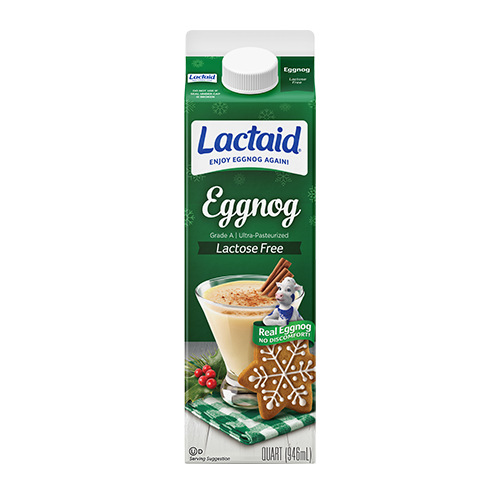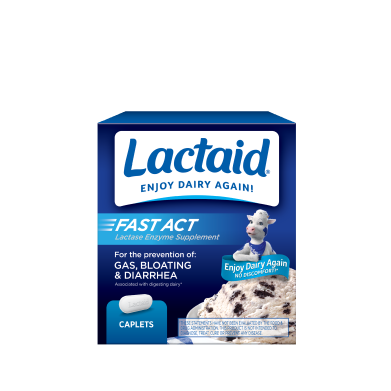Lactose-Free vs. Dairy-Free
If you’re overwhelmed by all the options in the milk aisle, you’re in good company. We’ll sort out what the terms ‘lactose-free’ and ‘dairy-free’ really mean, discuss the benefits of drinking real dairy milk, and discuss the differences between lactose-free and dairy-free milk to help you decide what to drink.

Is Lactose-Free the Same as Dairy-Free?
Lactose-free is not the same as dairy-free. The main difference between the two is that lactose-free products can be made from real dairy milk while dairy-free products are made from plant sources such as nuts and grains. While all dairy-free products are lactose-free, not all lactose-free products are dairy-free.
Examples of our lactose-free dairy products include LACTAID® milk and LACTAID® ice cream.
Dairy-free substitutes include coconut milk, soy milk, hemp milk, oat milk and almond milk.
Is LACTAID® Dairy-Free?
No, LACTAID® products are not dairy-free. In fact, our lactose-free milk is made from 100% real dairy, just without the lactose. LACTAID® lactose-free milk provides all the nutritional benefits of milk and dairy, just without the lactose.
About 65% of people have some degree of lactose intolerance1, but that doesn’t mean its necessary to give up dairy completely. Unless you have a milk or dairy allergy, you can still enjoy the delicious taste and nutritional benefits of real milk with our lactose-free dairy options.
The Benefits of Drinking Milk
If you’re lactose intolerant, you may think it’s time to say goodbye to dairy forever – but there are ways to still enjoy milk and its health benefits.
Is Milk Good for You?
Did you know that real milk and other dairy products contain vitamins and minerals that are healthy for you? Along with a balanced diet and exercise, they can help:
Keep bones and teeth strong. The calcium and phosphorous in real dairy products are good for bones and teeth, protecting against tooth decay2 and diseases like osteoporosis later in life.
Boost muscle growth. The primary proteins found in milk such as whey and casein are good for boosting lean muscle mass3.
Improve bodily functions. Milk vitamins like Riboflavin (B2) and B12 assist in converting food into energy. B12 also helps the central nervous system function and aids in the formation of red blood cells4.
Boost the immune system. Some lactose-free milk is enriched with other milk nutrients such as vitamin D and A which may improve overall health5. Vitamin D improves calcium absorption to promote strong bones while vitamin A is good for strengthening the immune system and improving vision4.
Plant-Based Milk vs. Cow’s Milk
Cow’s milk has a higher concentration of essential proteins* compared to plant-based milk.
Most plant-based milk contains thickeners and filler ingredients to try and replicate the consistency of real dairy milk. Whereas LACTAID® is 100% real milk, just without the lactose!
Plant-based milk also typically contains added sweeteners to enhance the flavor compared to real dairy milk3. This is something to keep in mind especially if you’re looking for a lactose-free option for your kids.
*Refers to the essential amino acids that make up protein.
Is Lactose-Free Milk Good for You?
Lactose-free milk is just as nutritious for you as regular dairy milk because it contains all the same essential milk vitamins and proteins, just without the lactose. This means all members of your family can enjoy the nutritional benefits and delicious real milk taste, even if they’re lactose intolerant. Learn more about lactose-free milk.
Is LACTAID® Good for You?
LACTAID® lactose-free milk is made from 100% real milk, just without the lactose – and includes all the vitamins and nutrients that come with it. Each 1-cup serving of LACTAID® whole milk has 8 grams of protein and 25% of your daily calcium. Learn about LACTAID® ingredients and how LACTAID® milk is made here.
Get the Benefits of Dairy Without the Discomfort
It’s easy to keep dairy in your diet with LACTAID® products and dietary supplements. LACTAID® lactose-free products give you and your family the freedom to keep the delicious taste and nutritional benefits of real dairy milk in your diet without discomfort. Keep enjoying the foods you love, from milk and ice cream to sour cream.
Read more about lactose intolerance, how lactose-free milk is made, and how to start cooking with LACTAID®.
Don’t see your question? Visit our FAQs page.
References
MedlinePlus. (n.d.). Lactose Intolerance. https://medlineplus.gov/genetics/condition/lactose-intolerance
Colgate. (2023, January 9). Is Milk Good for Your Teeth? Colgate. https://www.colgate.com/en-us/oral- health/nutrition-and-oral-health/is-milk-good-for-your-teeth
Kubala, J. (2018, March 18). 5 Ways That Drinking Milk Can Improve Your Health. https://www.healthline.com/nutrition/milk-benefits
HealthHub. (2021, December 21). 5 Benefits of Drinking Milk. HealthHub. https://www.healthhub.sg/live- healthy/1495/dear-dairy
Lactaid. (n.d.). LACTAID® Calcium-Enriched Fat Free Lactose-Free Milk. Lactaid. https://www.lactaid.com/products/calcium-enriched-fat-free-milk
Enjoy the Food You Love
From milk to ice cream to cottage cheese, LACTAID® products can help satisfy all your dairy cravings. If we don’t make it, we’ll show you how to substitute a similar ingredient in your favorite recipe!


